Apple’s $3,500 Vision Pro remains more of a promising tech demo than a fully realized product, even with updates like the upcoming visionOS 2. While the headset is undeniably better with the beta update, featuring improved gestures and navigation, it still feels like Apple is exploring new territory.
The potential of the device might be fully realized only if Apple expands its integration with other Apple devices. Despite the current lack of content, the Vision Pro could truly shine if it evolves beyond its current state and offers more versatility, similar to other Apple products.
The idea that “killer apps” are necessary to sell hardware is often overstated. While cool applications can attract users, versatility is what keeps them invested in a product long-term.
A device as expensive as the Vision Pro should do more than one thing, just like how gaming consoles or high-end laptops are used for multiple purposes. For a device that costs thousands of dollars, it needs to offer more than just a single experience to justify its price.
Using the Vision Pro for daily tasks, especially with the new updates, highlights its strengths, such as best-in-class hand and eye tracking. However, the device still lacks the full range of gestures needed to make interacting with the virtual environment feel natural.
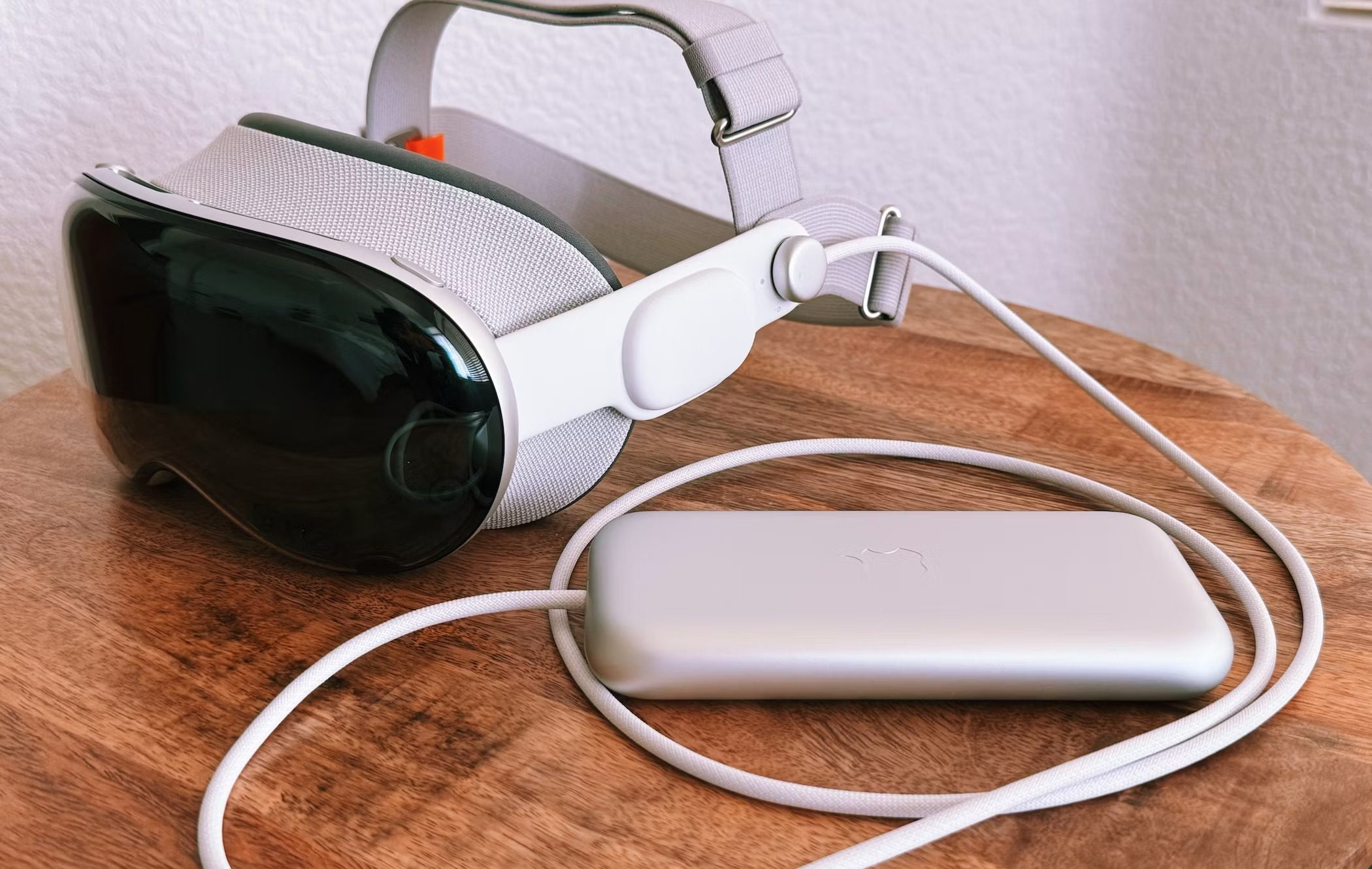
The full potential of the Vision Pro might only become clear once visionOS 2 is fully released later this year, possibly alongside other major Apple software updates like iOS 18 and macOS Sequoia.
The visionOS 2 beta introduces several quality-of-life improvements that make navigating the headset easier. New gestures simplify accessing apps and the control center, making the experience more seamless.
These updates also address some pain points, like improving the ease of finding your keyboard in a spatial environment or connecting a mouse for better navigation. Additionally, the update allows for guest profiles to be saved, reducing the hassle of setting up the device for multiple users.
Despite these improvements, visionOS 2 still lacks some promised features, such as the ability to mirror a Mac display across a massive, curved screen. This feature, which would have been a significant enhancement, is unlikely to be included in the initial release of visionOS 2.
The delay is disappointing, especially since similar AR setups, like the Spacetop G1 laptop and AR glasses combo, offer similar features without requiring a bulky headset.
The new update also enhances the usability of the Vision Pro by allowing users to rearrange apps in the Home View and transform photos into 3D-like Spatial Photos. While these small touches make a big difference, the device still suffers from a lack of content.
Although Apple has invested in 180-degree productions and immersive experiences, the limited number of these offerings means users might quickly exhaust what’s available.
A significant gap remains in the Vision Pro’s capabilities, particularly in how it mirrors and interacts with iPhones. While macOS Sequoia allows seamless Mac mirroring and control, the same can’t be said for iPhones.
The current beta allows iPhone mirroring via AirPlay but lacks the ability to control the phone, which limits its utility. Expanding this functionality could make the Vision Pro more compelling, especially if Apple can integrate it more deeply with iPhones and iPads, potentially at a more accessible price point.

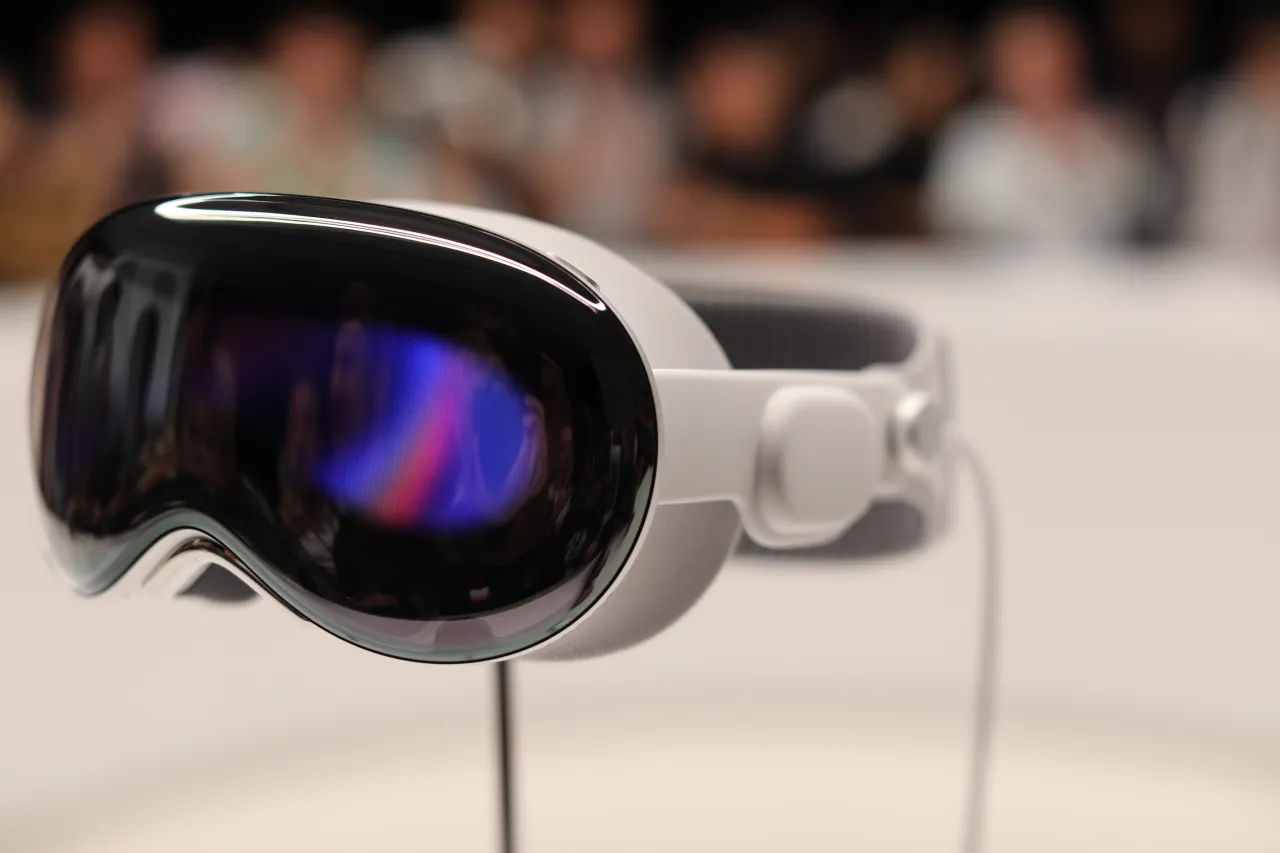

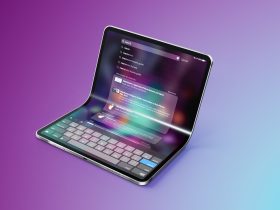
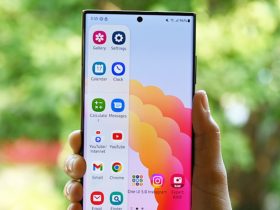
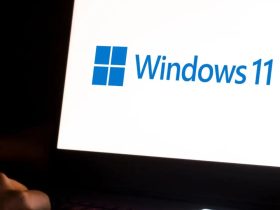
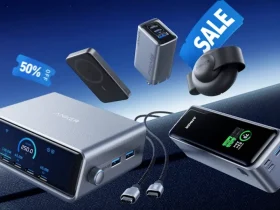
Leave a Reply